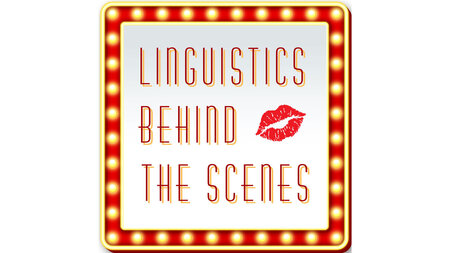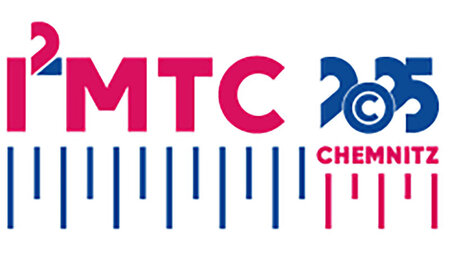Process Tracing
 When information is stored in memory, not only the contents themselves but visual information is encoded, too. When retrieving information from memory, people gaze back to associated
spatial locations, even if these locations are devoid of any useful information (z.B. Richardson & Spivey, 2000; Scholz, Mehlhorn, & Krems, 2016;
Scholz, Mehlhorn, Bocklisch, & Krems, 2011). We use this so-called 'looking-at-nothing' phenomenon to observe processes of information integration when drawing diagnostic conclusions
(vgl. Jahn & Braatz, 2014; Scholz, Krems, & Jahn, submitted).
When information is stored in memory, not only the contents themselves but visual information is encoded, too. When retrieving information from memory, people gaze back to associated
spatial locations, even if these locations are devoid of any useful information (z.B. Richardson & Spivey, 2000; Scholz, Mehlhorn, & Krems, 2016;
Scholz, Mehlhorn, Bocklisch, & Krems, 2011). We use this so-called 'looking-at-nothing' phenomenon to observe processes of information integration when drawing diagnostic conclusions
(vgl. Jahn & Braatz, 2014; Scholz, Krems, & Jahn, submitted).
References
-
Jahn, G., & Braatz, J. (2014). Memory indexing of sequential symptom processing in diagnostic reasoning. Cognitive Psychology, 68, 59-97. doi:10.1016/j.cogpsych.2013.11.002
-
Richardson, D. C., & Spivey, M. J. (2000). Representation, space and Hollywood Squares: Looking at things that aren't there anymore. Cognition, 76(3), 269-295.
-
Scholz, A. (2015). Eye Movements, Memory, and Thinking. Technische Universität Chemnitz.
-
Scholz, A., Krems, J., & Jahn, G. (submitted). Watching diagnoses develop: Eye movements reveal symptom processing during diagnostic reasoning.
-
Scholz, A., Mehlhorn, K., Bocklisch, F., & Krems, J. F. (2011). Looking at Nothing Diminishes with Practice, 1.
-
Scholz, A., Mehlhorn, K., & Krems, J. F. (2016). Listen up, eye movements play a role in verbal memory retrieval. Psychological Research, 149-158. doi:10.1007/s00426-014-0639-4
-
Scholz, A., von Helversen, B., & Rieskamp, J. (2015). Eye movements reveal memory processes during similarity- and rule-based decision making. Cognition, 136, 228-246. doi:10.1016/j.cognition.2014.11.019





